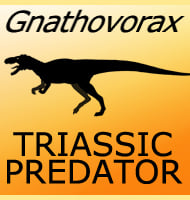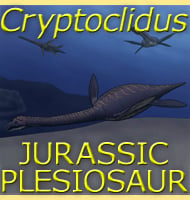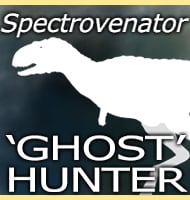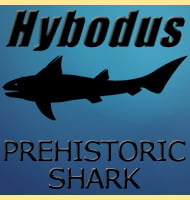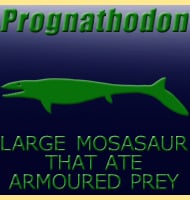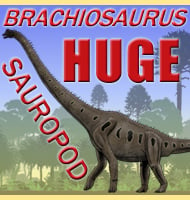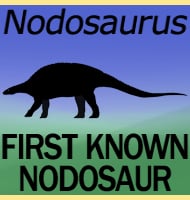In Depth
Squalodon is the type genus of the Squalodontidae, a group of prehistoric whales that in evolutionary terms of are intermediary between the older Archaeoceti whales like Basilosaurus and Zygorhiza, and the later whales of the Odontoceti which includes modern toothed cetaceans like the killer whale (Orcinus orca). Exactly how Squalodon and the other relatives of the genus were related to modern cetaceans is still uncertain however due to many differing opinions.
Squalodon is represented by numerous species, though there is sometimes question over which ones are valid because often Squalodon remains are only of teeth and jaw segments. Squalodon would have been predators of other marine organisms including fish and possibly other marine mammals. They also show an early development towards echolocation, but it is still unknown if they had the ability to echolocate prey themselves, or if that was a later development of Odontoceti whales. The broad geographic and temporal distribution of the genus however suggest that Squalodon were very successful.
Although predators, themselves, Squalodon may not have been the top predators of the ocean during their time. Prehistoric sharks were growing to very large sizes during the time of Squalodon, and include such examples as C. angustidens, C. chubutensis to the fearsome and massive C. megalodon. The disappearance of Squalodon after the early Miocene also corresponds to a development of even more advanced predatory whales such as Brygmophyseter and Livyaten.
Further Reading
– Notices of remains of extinct vertebrated animals of New Jersey, collected by Prof. Cook of the State Geological Survey under the direction of Dr. W. Kitchell. – Proceedings of the Academy of Natural Sciences of Philadelphia 8:220-221. – J. Leidy – 1856. – Un mammifere nouveau du Ccrag d’Anvers. – Bulletins de L’Academie Royale des Sciences, des Lettres et des Beaux-Arts de Belgique 12:22-28. – P. J. Van Beneden – 1861. – Description de restes fossiles de deux grands mammif�res constituant deux genres, l’un le genre Rhizoprion de l’ordre des C�tec�s et du groupe des Delphinoides; l’autre le genre Dynocyon de l’ordre des Carnassiers et de la familie des Canid�s. – Annales des Sciences Naturelles 16:369-374. – C. Jourdan – 1861. – Alcuni resti di Squalodon dell’Arenaria Miocenica di Belluno. – Palaeontographia Italica 6:303-314. – G. Dal Piaz – 1901. – Description of two squalodonts recently discovered in the Calvert Cliffs, Maryland; and notes on the shark-toothed cetaceans. – Proceedings of the U. S. National Museum 62(16):1-69. – R. Kellogg – 1923. – The lower Serravallian cetacean fauna of Visiano (Northern Apennines, Parma, Italy). – Investigations on Cetacea 17:55-93. – F. Cigala-Fulgosi & G. Pilleri – 1985. – A new species of Squalodon (Mammalia, Cetacea) from the Middle Miocene of Virginia. – Virginia Museum of Natural History Memoir 8:1-43. – A. C. Dooley – 2005.

